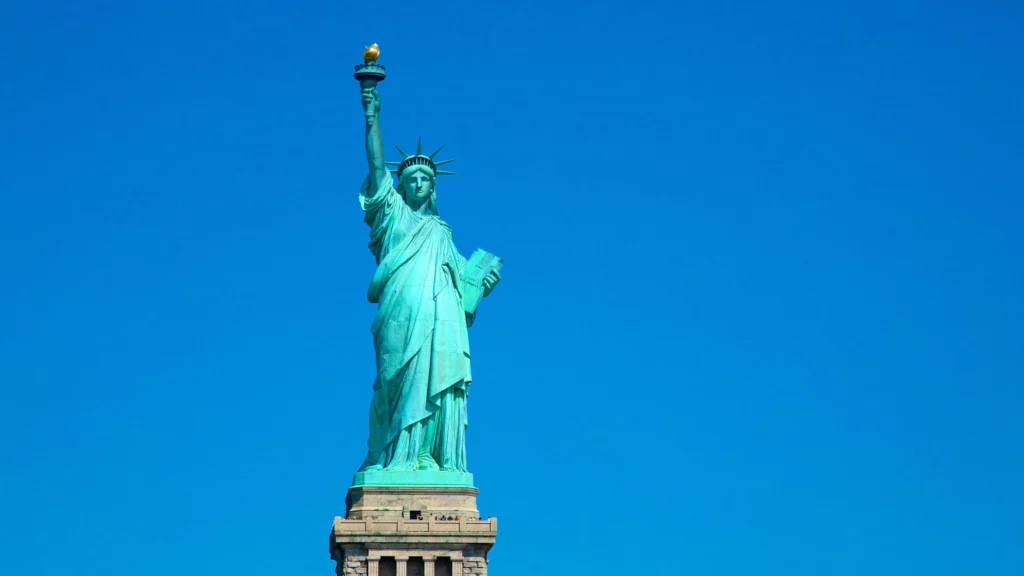
The Importance of New York’s Historical Sites
The Importance of New York Historical Sites
New York, the Empire State, is renowned for its iconic skyscrapers, bustling city life, and Statue of Liberty. However, beyond the contemporary and the cosmopolitan, New York boasts a treasure trove of historical sites that hold a special place in American history. Exploring these sites is not only an educational journey but also a testament to the state’s rich and diverse heritage. Let’s dive into the importance of New York historical sites.
One of the most iconic historical sites in New York is the Statue of Liberty. A symbol of freedom and democracy, Lady Liberty stands proudly in the New York Harbor. The statue was a gift from the people; of France to the United States in 1886 and has welcomed millions of immigrants to American shores. Today visitors can explore the pedestal and museum, learning about the statue’s significance in American history and its universal message of hope and freedom.
In the heart of Manhattan lies another historical gem. Ellis Island National Museum of Immigration. For over 60 years, Ellis Island served as the nation’s busiest immigration inspection station. Today the museum preserves the stories of the millions of immigrants who entered the United States through the gateway. It offers a poignant reminder of the diverse origins and shared dreams that have shaped the nation.
The history of New York also encompasses the struggle for civil rights and social justice. The Stonewall Inn, located in the Greenwich Village neighborhood of Manhattan, is considered the birthplace of the modern LGBTQ+ rights movement. In 1969 a series of riots took place here, instigated by LGBTQ+ individuals fighting back against police harassment. Today, the Stonewall National Monument stands as a symbol of the ongoing fight for equality and acceptance.
Moving upstate we find Saratoga National Historical Park. This site played a pivotal role in the American Revolution, as it was the location of the battles of Saratoga. These battles are often considered the turning point in the Revolutionary War, as American forces defeated the British, leading to French support of the U.S. The park preserves the battlefield and offers educational programs, allowing visitors to immerse themselves in this critical period of American history.
New York historical sites extend beyond the boundaries of New York City and cover a wide variety of historical events, from the fight for LGBTQ+ rights to the struggle for American Independence. The significance of these sites lies not only in their historical value but also in he stories they tell and the lessons they impart.
Understanding the history of immigration at Ellis Island encourages empathy and appreciation for the diverse backgrounds of American citizens. The Stonewall Inn reminds us of the ongoing journey for equality and the importance of social justice. Saratoga National Historical Park serves as a testament to the perseverance and valor of those who fought for American Independence.
Exploring New York historical sites offers a unique opportunity to connect with the past, gain a deeper understanding of our shared history, and find inspiration for the future. These sites are not merely static landmarks but link testaments to the values and struggles that have shaped the United States, making them an integral part of American heritage.
Additionally, New York is home to countless other historical sites that deserve recognition. The Adirondack Mountains in upstate New York, for example, are rich in history. These majestic mountains have been a source of inspiration for artists and writers for centuries. Additionally, they played a role in the abolitionist movement, as some areas in the Adirondacks mountains served as stations on the Underground Railroad.
Further North, near the Canadian border, Fort Ticonderoga tells the story of the strategic importance of the region during the French and Indian war and the American Revolution. Visitors can explore the amazingly preserved first and its surroundings.
In Sleepy Hallow, Washington Irving’s classic tale “ The Legend of Sleepy Hallow” comes to life. Visitors can explore the author’s home, Sunnyside, ad the Sleepy Hallow Cemetery, where Irving and other notable figures are buried.
The history of New York extends to the shores of Lake George where the Fort William Henry Museum and Restoration offers insights into colonial and Native American history. The Dutch influence on New York history is showcased at the Dickman Farmhouse Museum in Manhattan, a reminder of its early days as New Amsterdam
Moreover, the Brooklyn Navy Yard is a testament to the state’s industrial and naval history. This former shipbuilding facility has been transformed into a hub for innovation and sustainability, preserving the site’s historical significance while contributing to New York’s future.
While New York is often associated with towering skyscrapers and bustling streets, its historical sites provide a unique opportunity to connect with the past. By exploring these sites, we gain a deeper appreciation of the diverse and multifaceted history that has shaped New York and the United States as a whole. These historical sites, whether they recount tales of immigration, civil rights, or colonial history, contribute to our understanding of the nation’s collective identity and the lessons we can carry into the future.

never heard of many of this, so interesting